Increasingly erratic weather means snow is not always there when needed to safely burn off tall debris piles like those on Colorado’s Pike-San Isabel National Forest to fight fire with fire. Western wildfires have become more volatile with dry forests already thick with vegetation from years of western politicians blocking efforts at selective logging, undergrowth management, and problem timber removal, all blocking spurred on by environmental groups that do not understand nature management As reported by the AP:
Across the Rockies, piles of slash and trees cleared to reduce fire hazards span some 100,000 acres
DECKERS, Colo. (AP) — Dripping flaming fuel as they go, a line of workers slowly descends a steep, snow-covered hillside above central Colorado’s South Platte River, torching piles of woody debris that erupt into flames shooting two stories high.
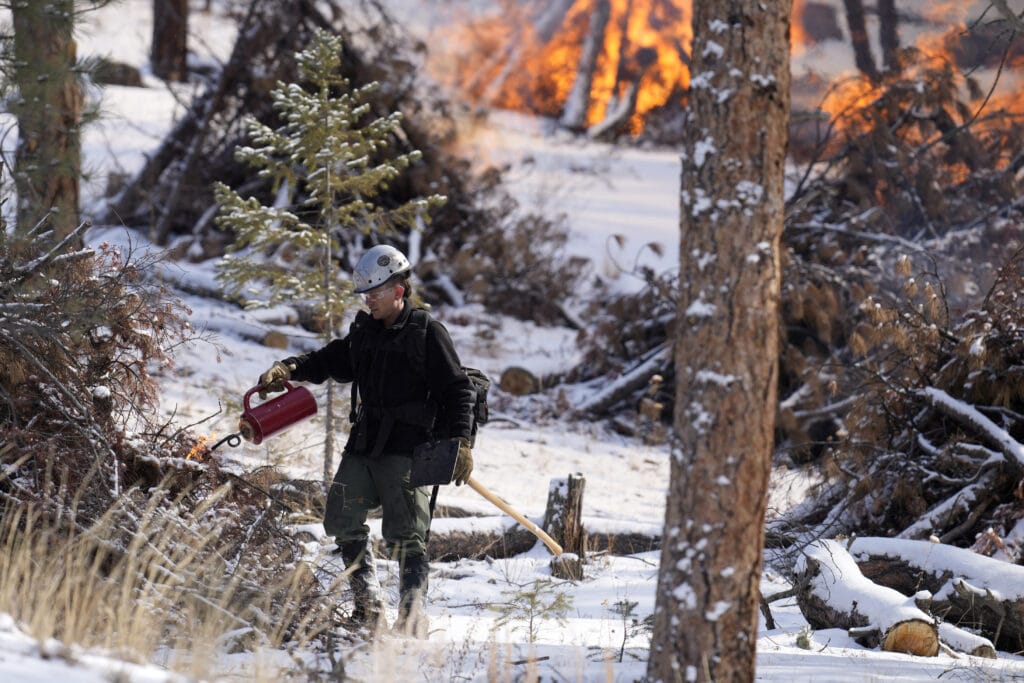
It’s winter in the Rocky Mountains, and fresh snow cover allowed the crew of 11 to safely confine the controlled burn.
Such operations are a central piece of the Biden administration’s $50 billion plan to reduce the density of western forests that have been exploding into firestorms as climate change bakes the region.
But the same warming trends that worsen wildfires will also challenge the administration’s attempts to guard against them.
Increasingly erratic weather means snow is not always there when needed to safely burn off tall debris piles like those on Colorado’s Pike-San Isabel National Forest. And that seriously complicates the job of exhausted firefighters, now forced into service year-round.
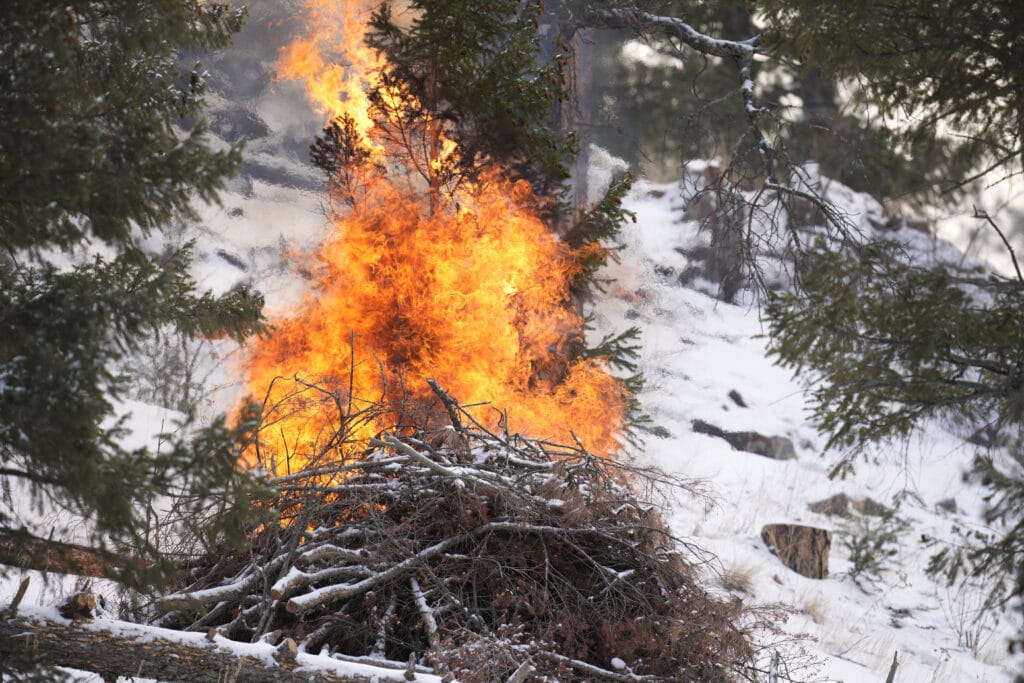
Their goal is to cut and burn enough vegetation that the next fires won’t be as catastrophic as ones that leveled vast forestland and neighborhoods in Colorado, California, Oregon, Montana and elsewhere.
Western wildfires have become more volatile as climate change dries forests already thick with vegetation from years of intensive fire suppression. And the window for controlled burns is shrinking.
“It’s been a little bit harder just because of shorter winters,” said David Needham, a U.S. Forest Service ranger who led the Colorado burn operation in late February when the thermometer hovered around zero degrees Fahrenheit (minus 18 Celsius). Surrounding hillsides showed barren scars from past wildfires, including a 2002 blaze that destroyed 133 homes and at the time was the largest in state history.
“On days like this, we capitalize on temperature being in the negatives,” Needham said, “Even small snow storms coming in definitely helps us with that.”
Across the Rockies, piles of slash and trees cleared to reduce fire hazards span some 100,000 acres (40,500 hectares), waiting to be burned once the right amount of snow is on the ground. Sometimes there’s too much, making the piles inaccessible. Other times there’s not enough snow and prescribed burns get canceled so they don’t get out of hand like a previous one that led to fatalities.
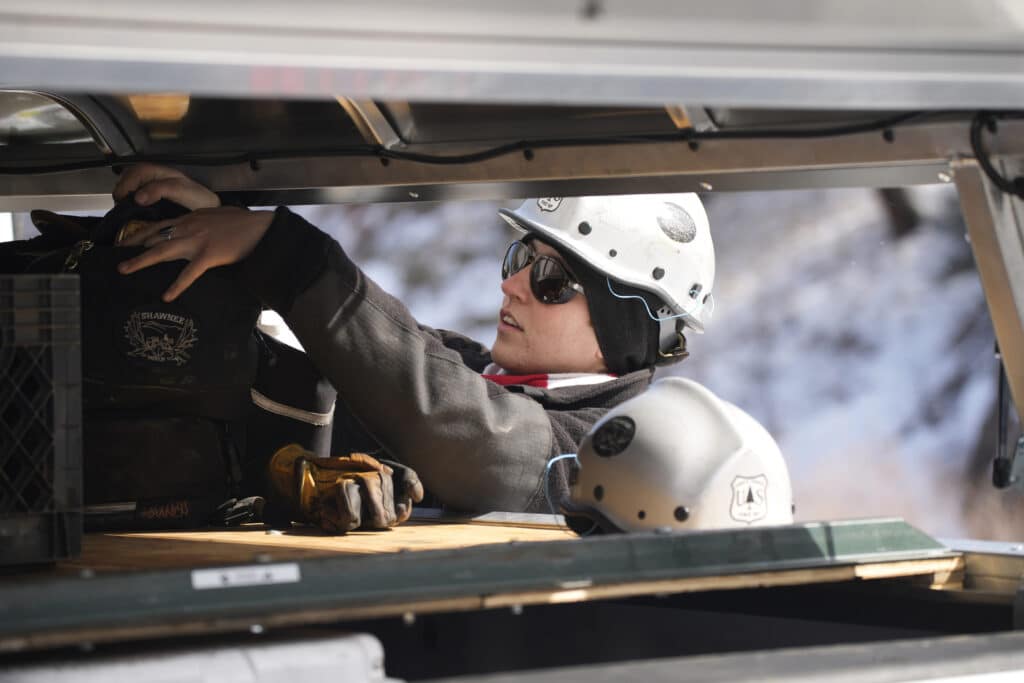
An overnight snow in central Colorado meant the crew from the forest service and Mile High Youth Corps could burn debris from twice the area they planned. Yet officials said climate change is making it more difficult to find that sweet spot for safe burning.
Spring is arriving earlier, and snow-covered ground is disappearing two weeks sooner, according to Rutgers University researcher and New Jersey state Climatologist David Robinson, who has examined more than 50 years of snow cover data collected through satellite imagery.
“One thing we know about climate change is it is increasing the variability and the extremes we are experiencing,” said Robinson. “Out West, once the season shifts, you get very dry, very quickly and it stays dry for months. So, you have a real tight window there.”
2020 was the worst wildfire season on record in Colorado, where summers and falls also have been warmer and drier, said Assistant State Climatologist Becky Bolinger. It’s “a completely different ball game in terms of wildfires,” she said.
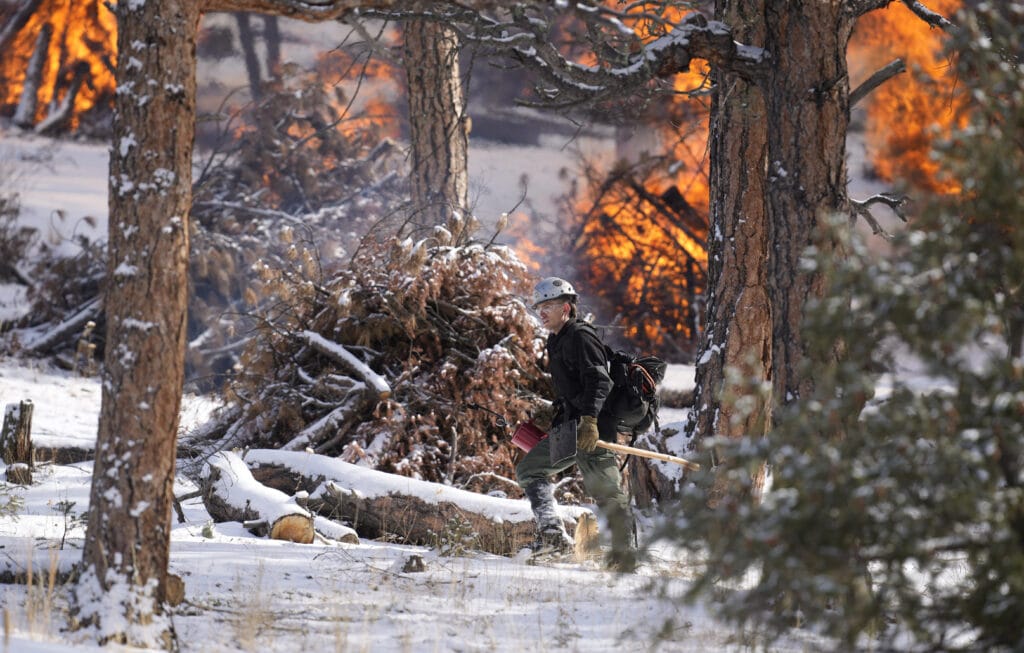
For parts of the Rockies, this winter brought too much snow, forcing officials to delay burns. Meanwhile, parts of Wyoming haven’t received enough snow to moisten the ground and allow fuel piles to be torched. Even when there is snow, that doesn’t mean it will last until the debris stops smoldering, said Brian Keating with the Forest Service’s Rocky Mountain region.
When pile burns turn into wildfires, Keating said it’s usually because snow around when the burn started disappears. The next wind storm can kick up embers and ignite landscape that days earlier seemed fireproof.
Putting off pile burning carries consequences, too. Until the piles are gone, forest managers won’t begin another kind of controlled fire called broadcast burning, which consumes vegetation within stands previously thinned with chainsaws and other equipment.
“If we don’t burn the piles, … that can get kicked down the road another year or two,” said Keating. “And every year, we keep building this backlog of piles because we can’t get to them all.”
Another problem is smoke: Burns can be delayed if the smoke will exacerbate poor air quality.
Despite such hurdles, burns are crucial to the Biden administration’s 10-year plan to reduce wildfire hazards across almost 80,000 square miles (200,000 square kilometers) of public, private, and tribal lands. The recently passed infrastructure bill includes $500 million for controlled burns over five years.
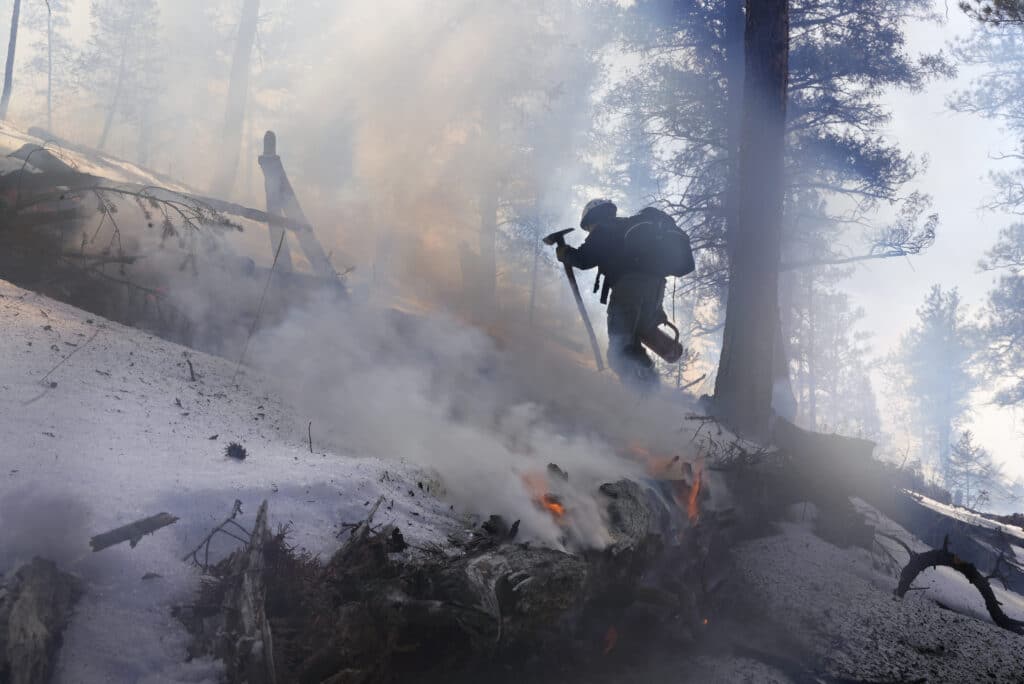
Prescribed burns and logging were used to reduce wildfire hazards last year on about 4,050 square miles (10,500 square kilometers) of forest — the most in a decade. By ramping that up, officials hope to get ahead of the problem and use less logging in future years, said Frankie Romero, who oversees the forest service’s prescribed burn program.
“Once we get into a maintenance cycle and we can continue to treat that same area while it’s in its preferred condition with a lot less fuel, then it becomes a lot easier,” Romero said. “We’re going to experience wildfires in the future … and they’re going to cause problems. The difficult part is trying to remember what those problems would have looked like had we not intervened earlier.”
Environmental advocates warn that the scale of work being proposed could allow excessive logging that will harm forests and do little to prevent catastrophic fires.
But Oregon State University forestry professor John Bailey said the choice is between unchecked wildfires raging across the landscape and aggressive steps to counteract the forces of climate change at least partially.
“Not to embrace this challenge is choosing a future with a lot of wildfire in it and almost no control over where they start and where they spread and how much smoke is in the air and for how long,” Bailey said.
By BRITTANY PETERSON and MATTHEW BROWN






